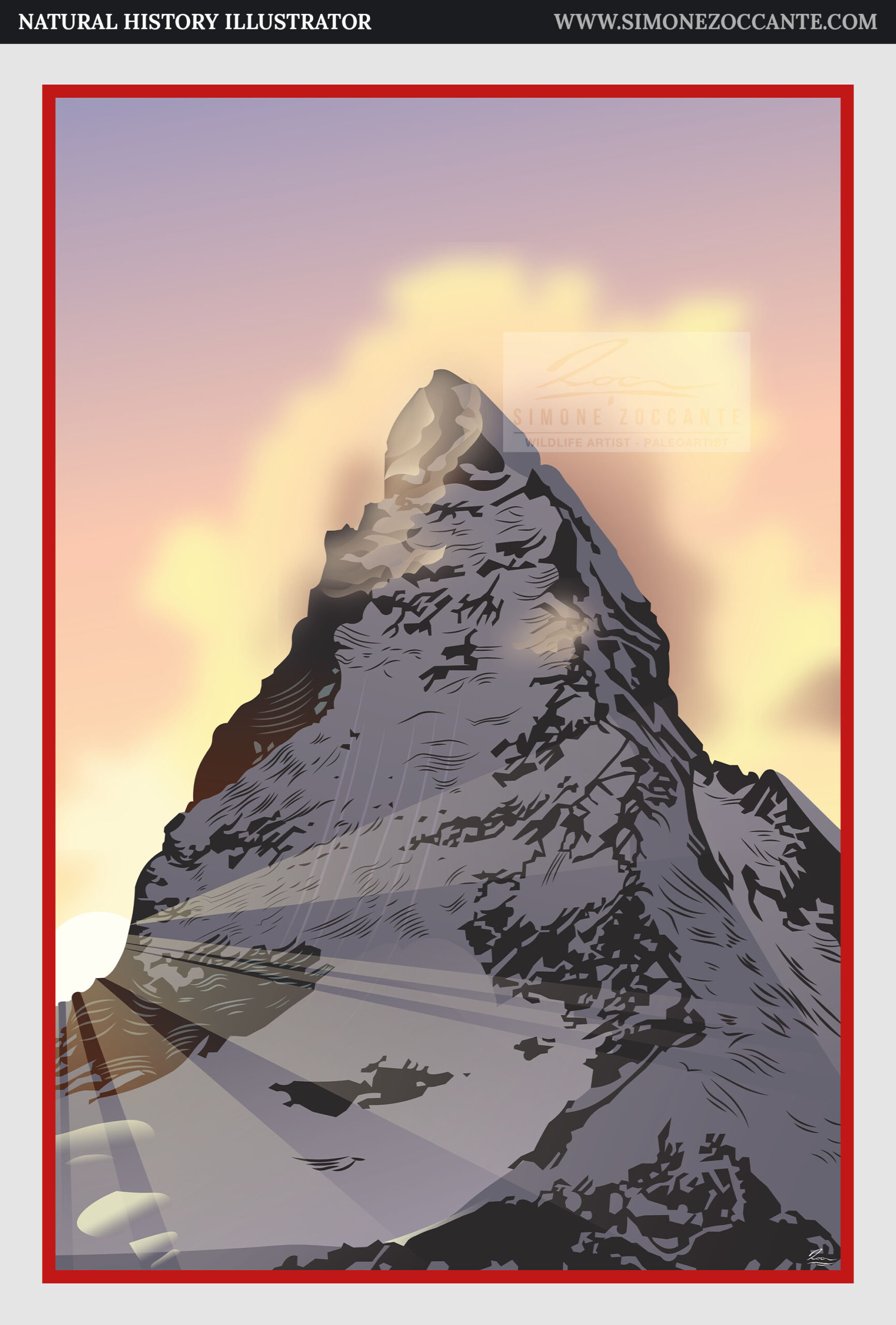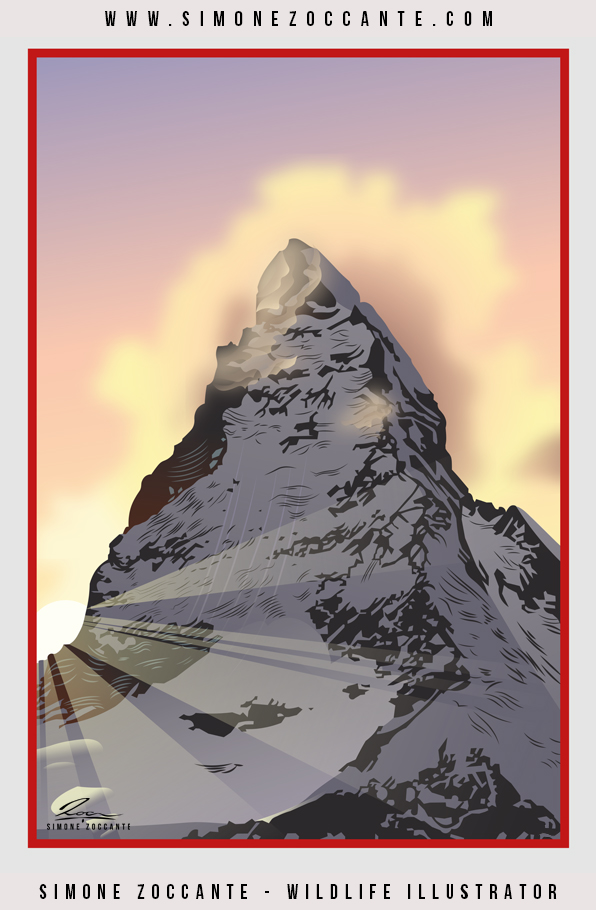

ARTIFICI NATURALI (NATURAL ARTIFACTS)
The artwork appears in the collection of Natural Artifacts
Included in Chapter 2
Dedicated paragraphs in the book
-
An unmistakable shape
-
Painting with light
Here is an excerpt from the book
For the Romans, it was known as “Mons Silvanus,” the wooded mountain. During Roman times, the Matterhorn was somewhat different from how we know it now. In that era, the climate was much milder than it is today, so much so that the majority of mountains in the Aosta Valley, including the Matterhorn, were covered in dense forests.
Centuries passed, the Roman Empire fell, the climate became harsher, and the forests of Mons Silvanus gave way to glaciers. Latin fell into disuse and evolved into Romance languages such as Italian and French. Even the Matterhorn changed its name: through a process of linguistic corruption, it transformed from “Silvanus” to “Selvin” and then to “Servin.” However, it wasn’t until the second half of the 18th century that the Matterhorn acquired its current name. Horace-Bénédict de Saussure, one of the early cartographers of the Kingdom of Sardinia, made a transcription error, misled by the fact that in French, “Servin” and “Cervin” are pronounced the same way.
The Matterhorn has undergone many name changes, but its shape has remained unchanged over the millennia. But what is the reason behind its distinctive pyramidal profile?
If you are interested in using this image for your projects and works you can contact me and we can discuss about licensing.
All images © Simone Zoccante 2018-2023. Please do not reproduce without the expressed written consent of Simone Zoccante.
